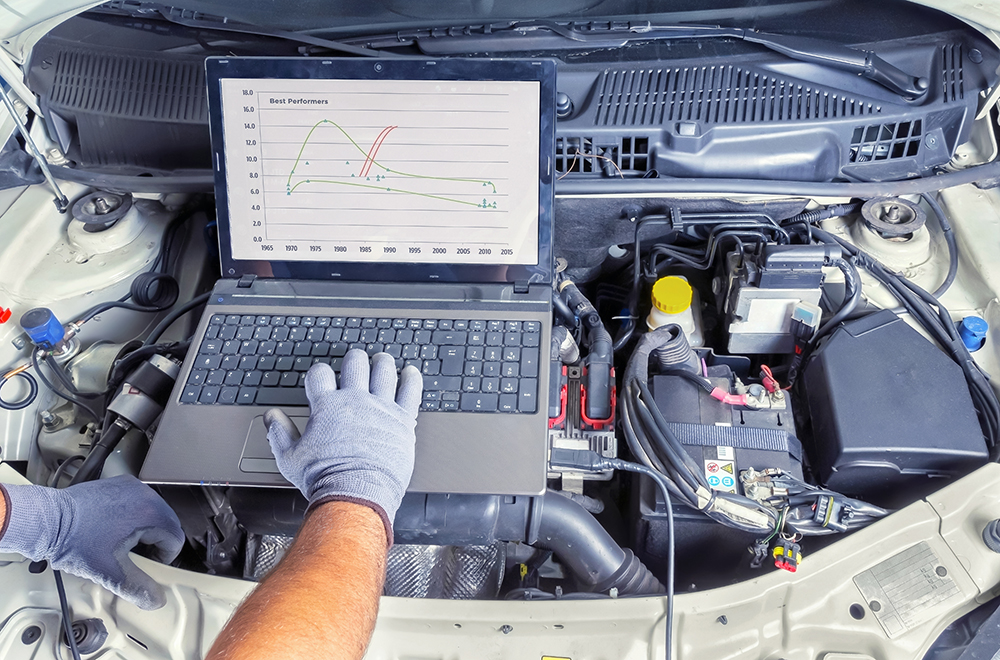One of the biggest concerns for fleets is the driver shortage. Could the new autonomous vehicle technology help mitigate that shortage by attracting younger drivers?
Every so often you come upon a serendipitous pairing of news articles. This happened last week in two Truckinginfo.com articles. One article, “ATA: Driver turnover ticked up for large fleets in third quarter,” discussed the ongoing aging out of the driver pool and the difficulty in attracting new segments to look at over the road driving as a career. The second article, “Trucking officials tout automation’s ability to attract younger drivers,” seems to serve as an answer to the first problem.
Of course, nothing is as simple as it seems but here are the statistics. Large fleets saw a five point jump in the third quarter, bringing an annualized turnover rate to 95 percent. Smaller fleets aren’t faring much better. Their turnover dropped slightly in the third quarter; however they also suffer a high annualized turnover rate of 84 percent.
The causes are many: the average age of today’s driver is around 50 so they are aging out of the workforce; regulations can have a crippling effect; pay needs to be higher; and training and employee engagement need to increase as well. There is also the lack of interest among millennials to look at over the road driving as a premier career choice.
This is where the second article mentioned above kicks in. Millennials have grown up in an age of continually advancing technology, resulting in new personal devices. Most of this group has never seen a pay phone or a phone with a rotary dial. Their phones do everything, from taking photos and videos to acting as a handheld PC to containing music lists to actually making a phone call. So as truck technology evolves with new safety features and autonomous technology, the hope is that younger men and women will find a more welcoming environment.
But as the article articulates, technology is only one motivating factor. To compete in a time of nearly full employment where competitors are vying for a shrinking labor pool, fleets will also need to increase pay and benefits to recruit new, younger drivers. The concern as to how autonomous vehicles may reduce the need for human drivers did come up with one suggestion being that “driverless” trucks could move goods along vast stretches of open highway with their human counterparts taking over to finish deliveries in more highly trafficked cities and towns.
Although no silver bullet currently exists to deal with the driver shortage, each new technological advancement along with an increase in wages and benefits will likely help mitigate the problem. Plus, employers will need to recognize that millennials also have different attitudes towards their work environments than their predecessors. They look for possibilities for advancement and on-the-job training; they yearn for a sense of community and look to work for a company with a robust corporate social responsibility mission.





